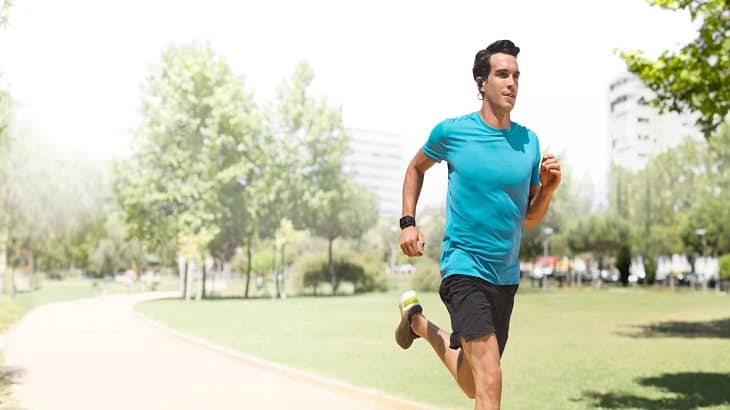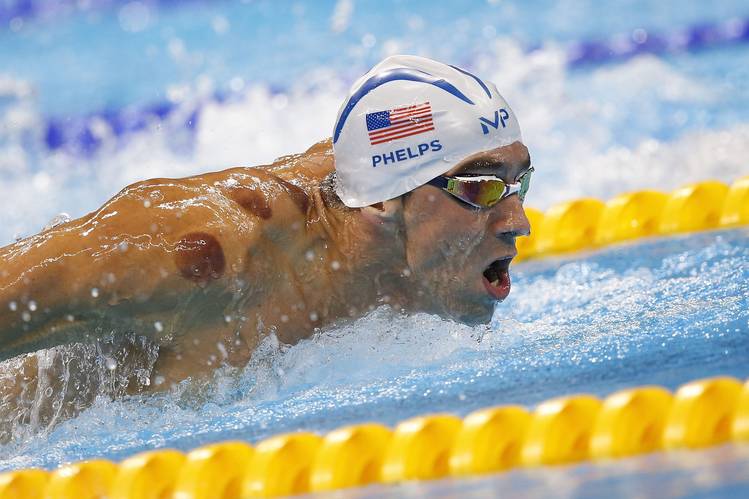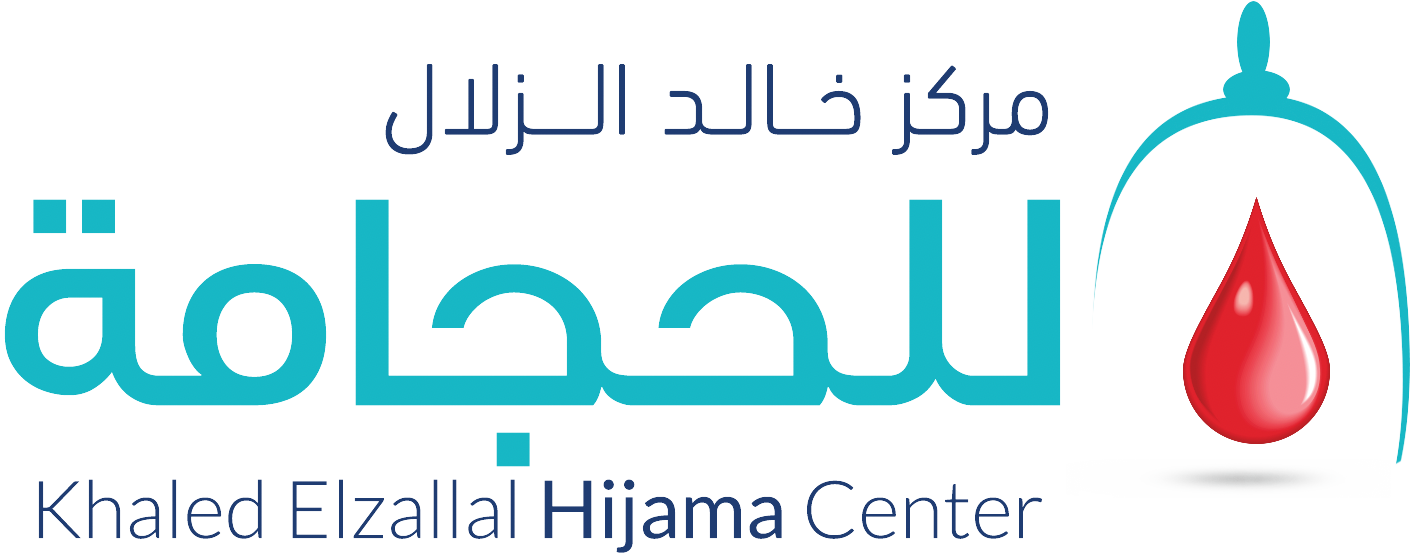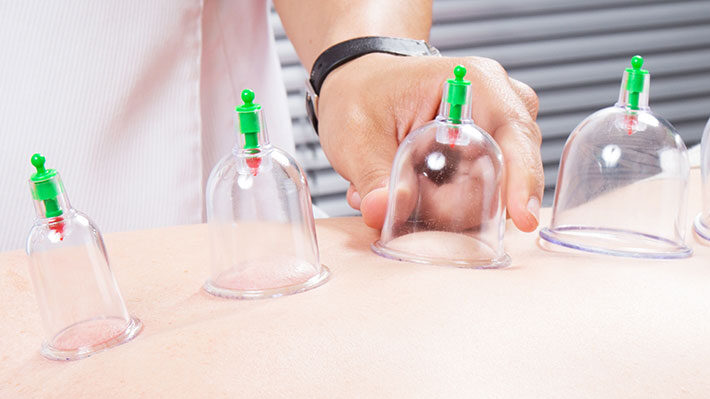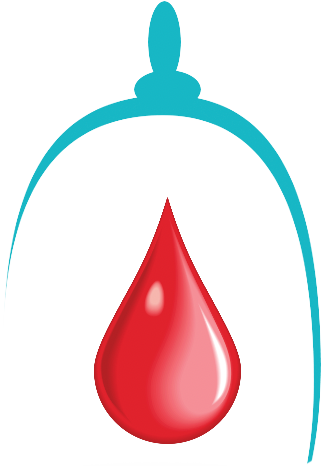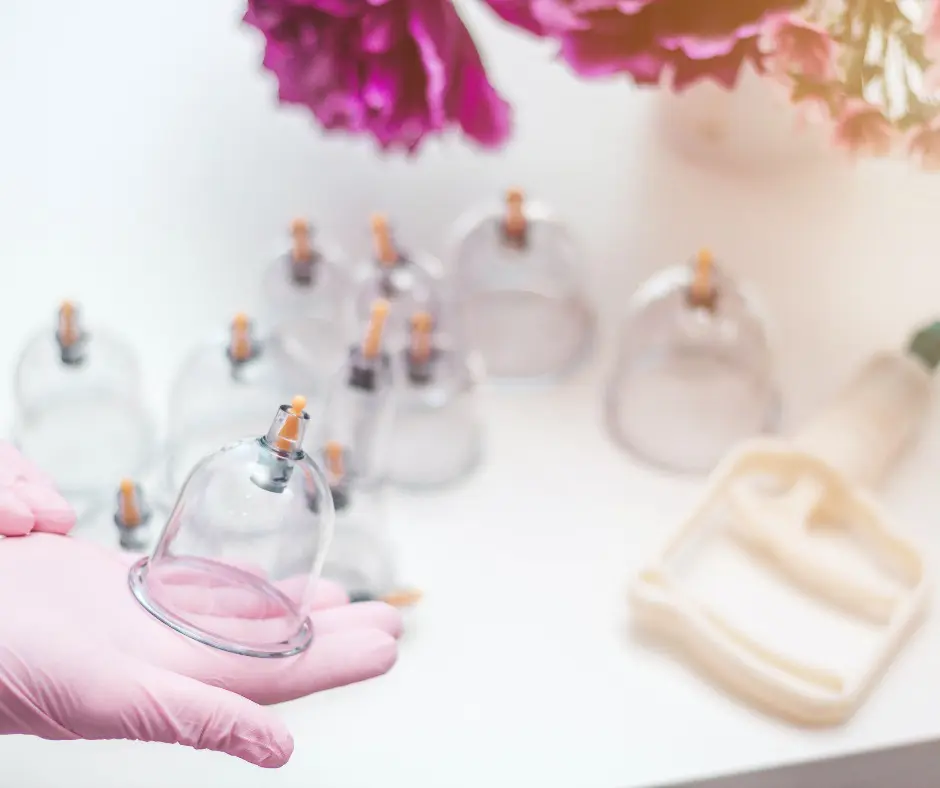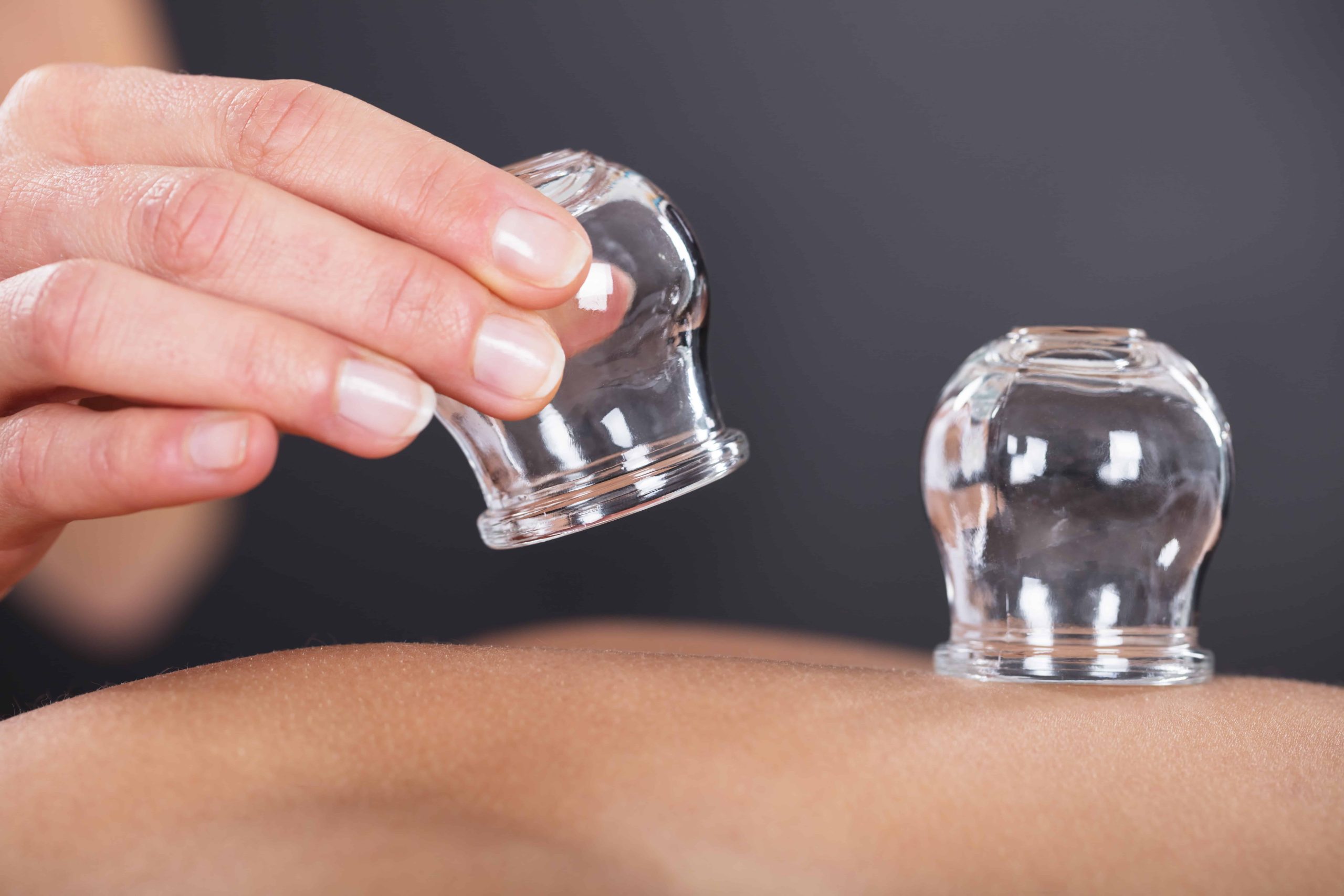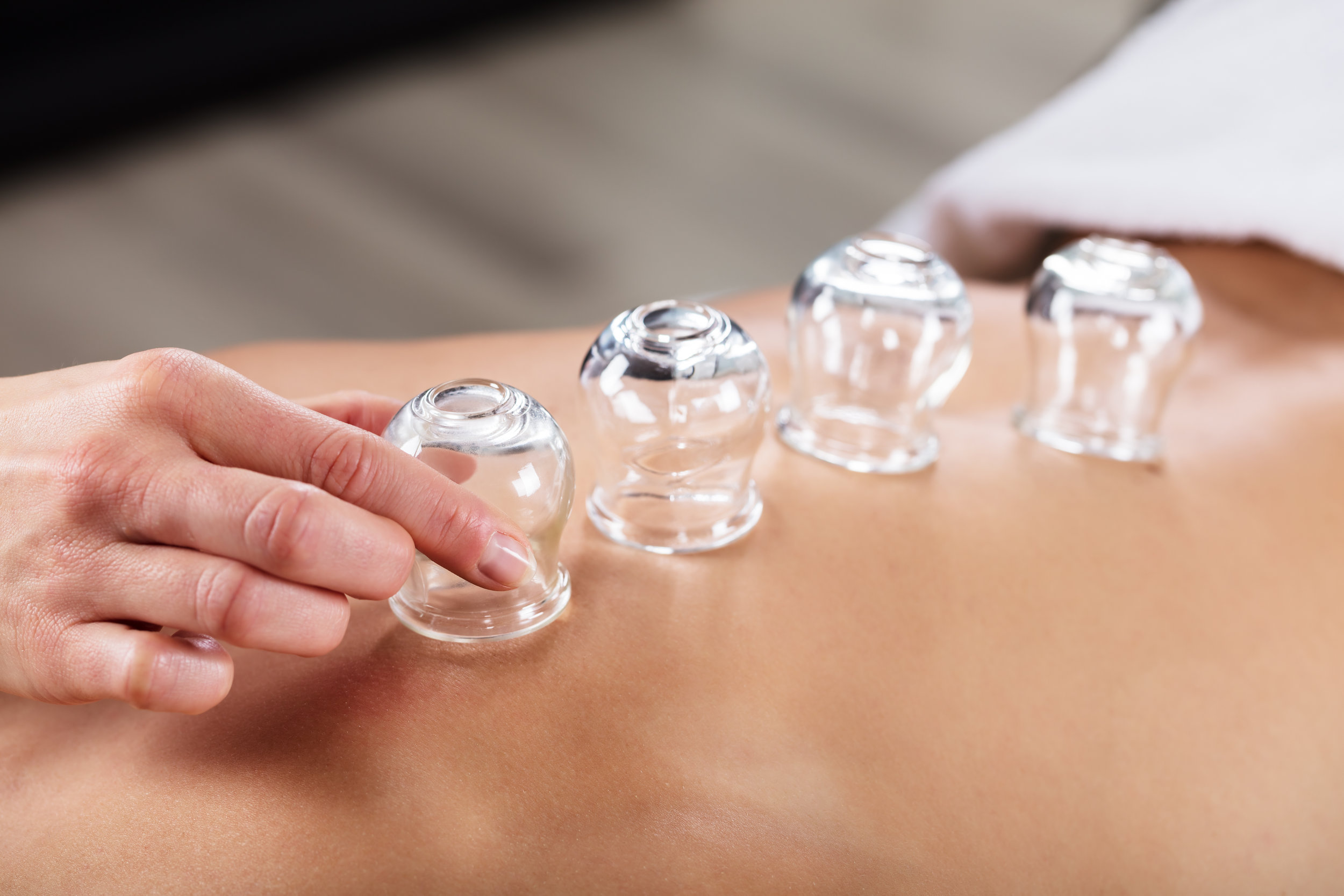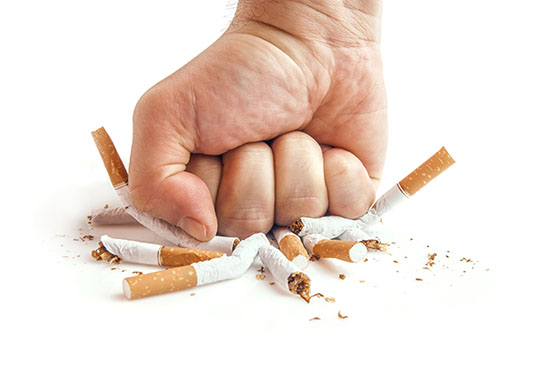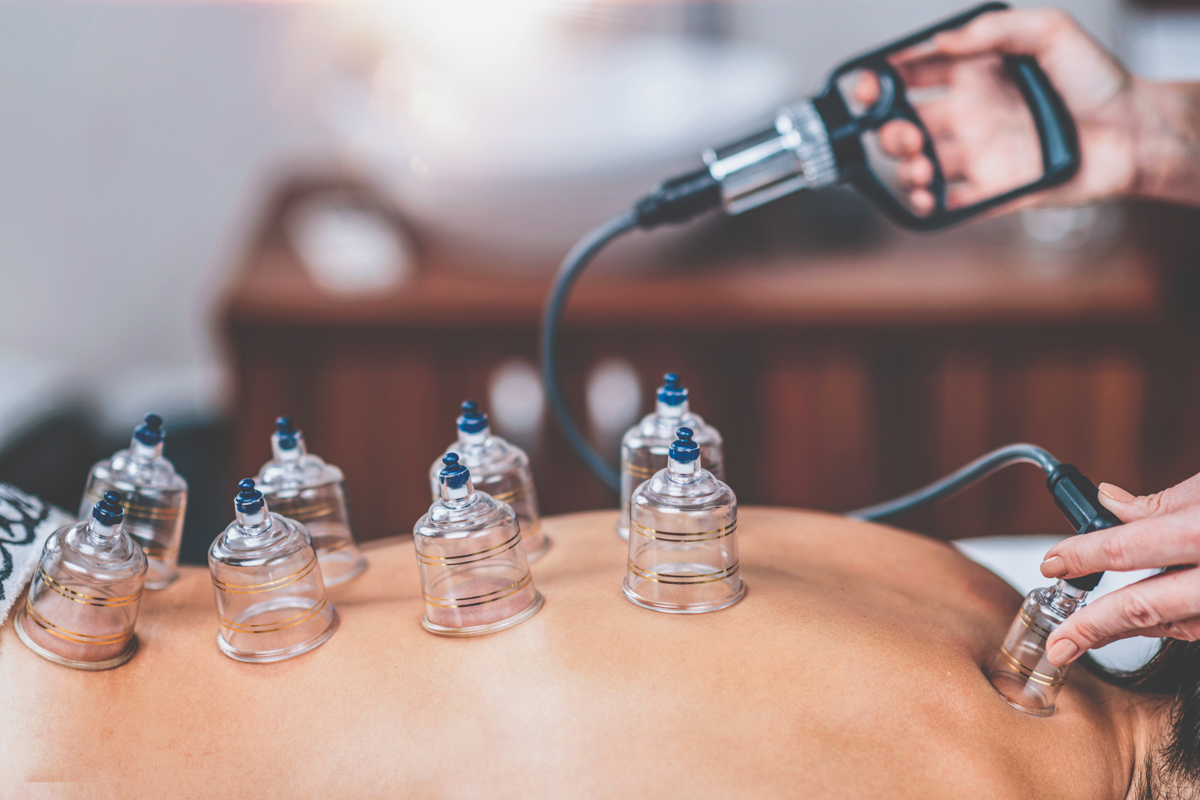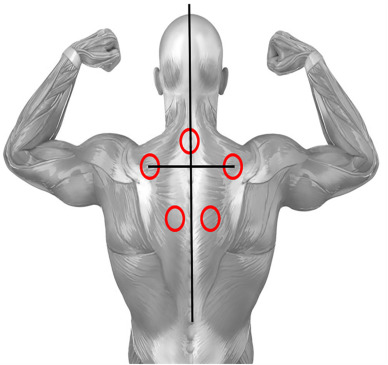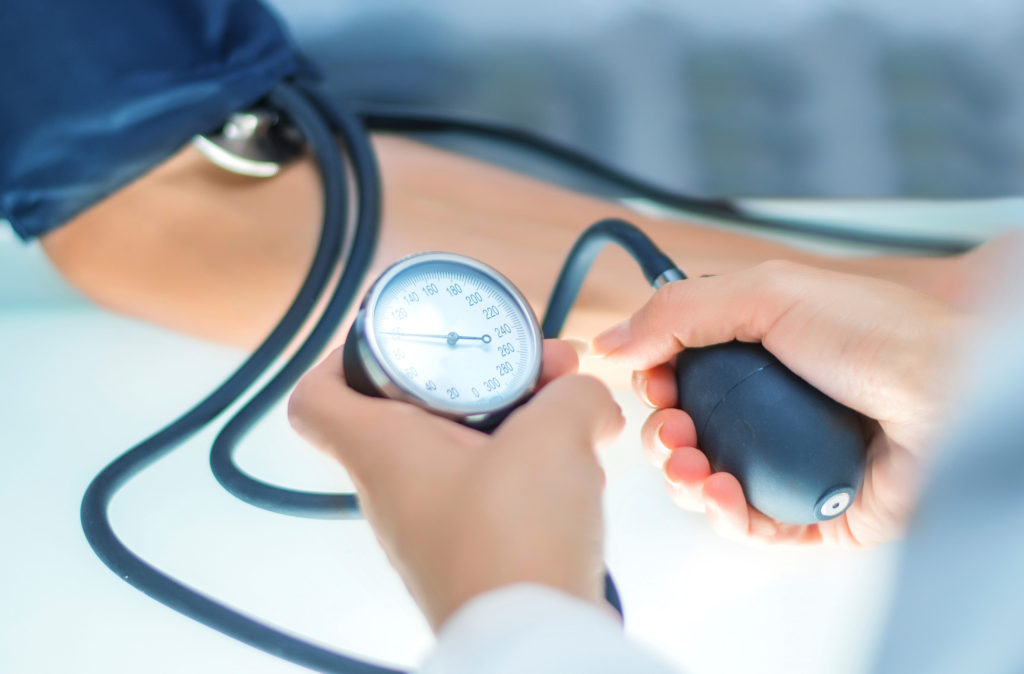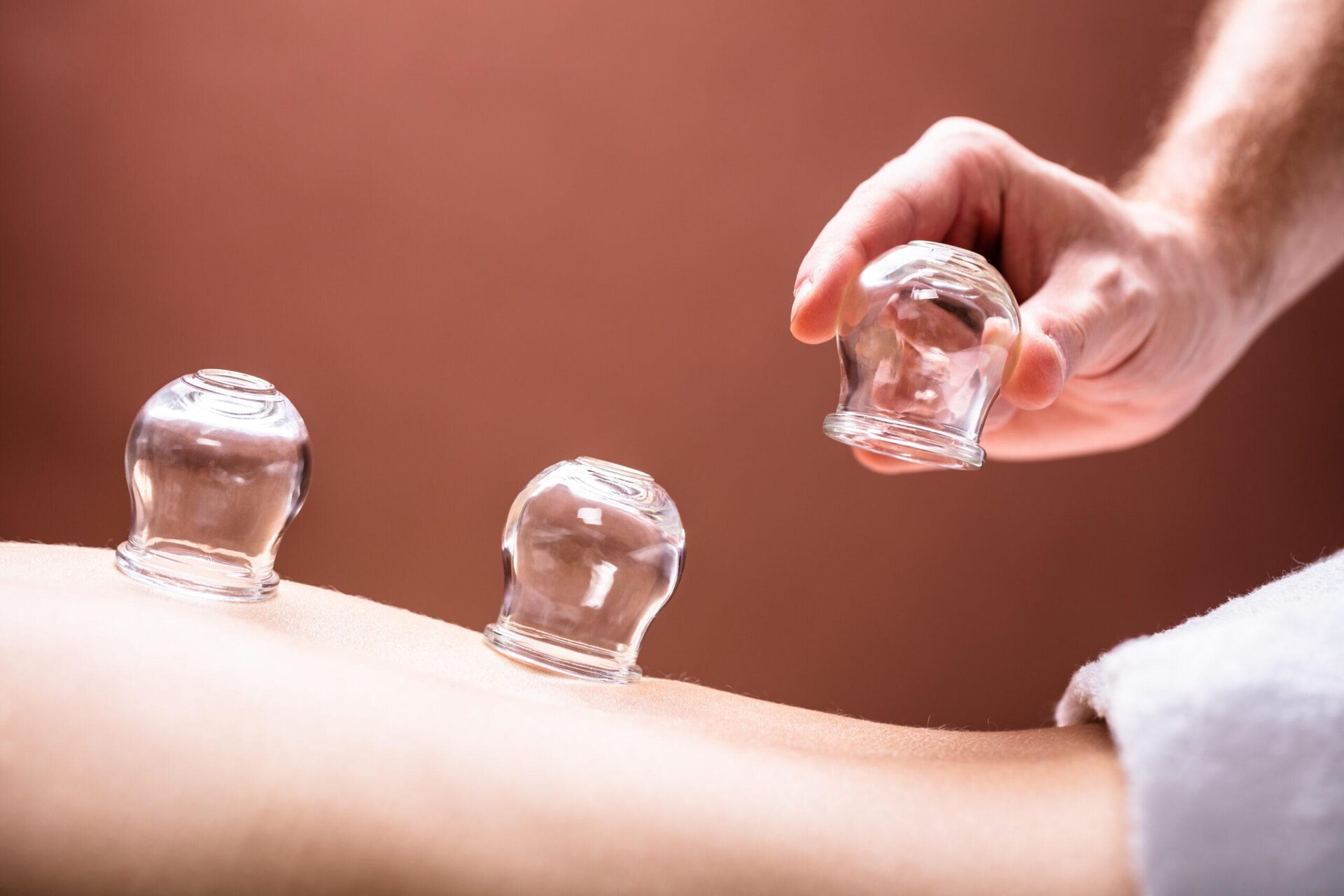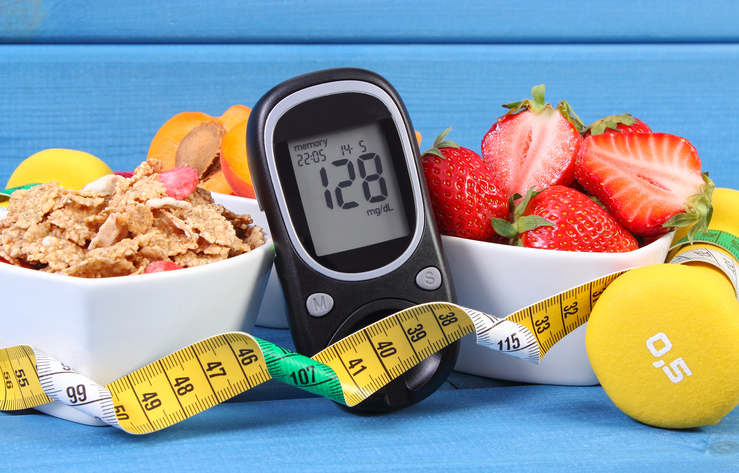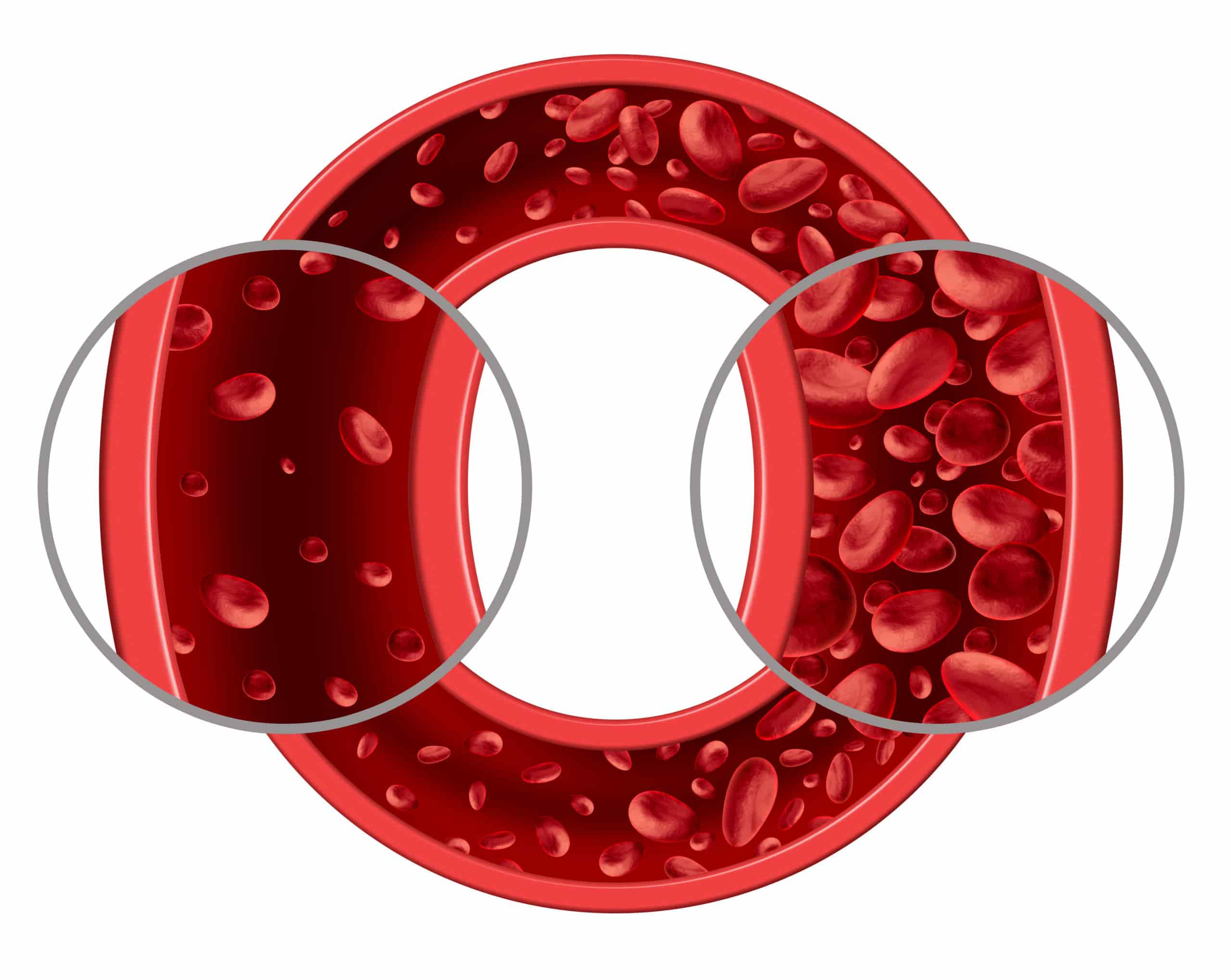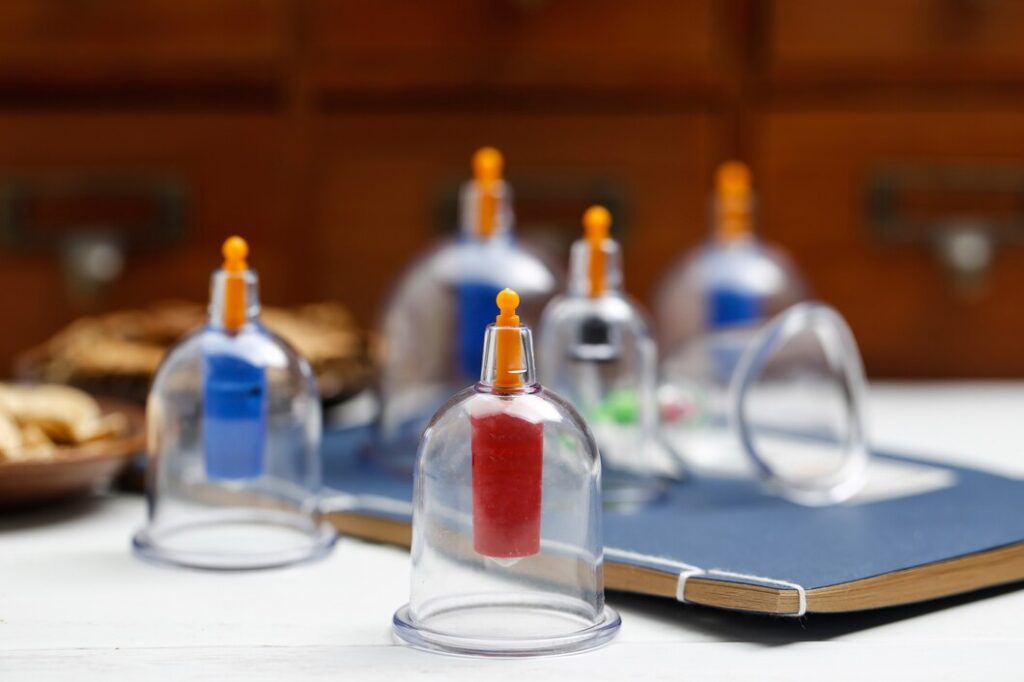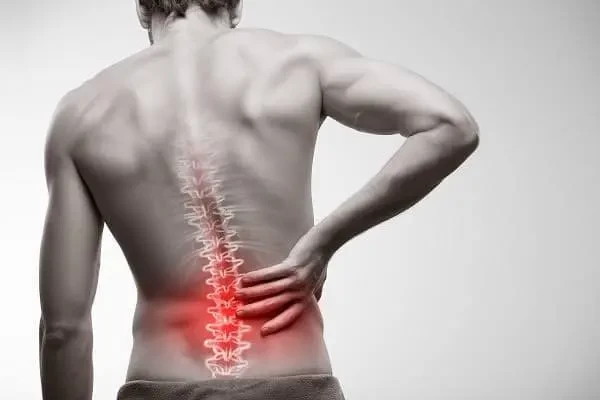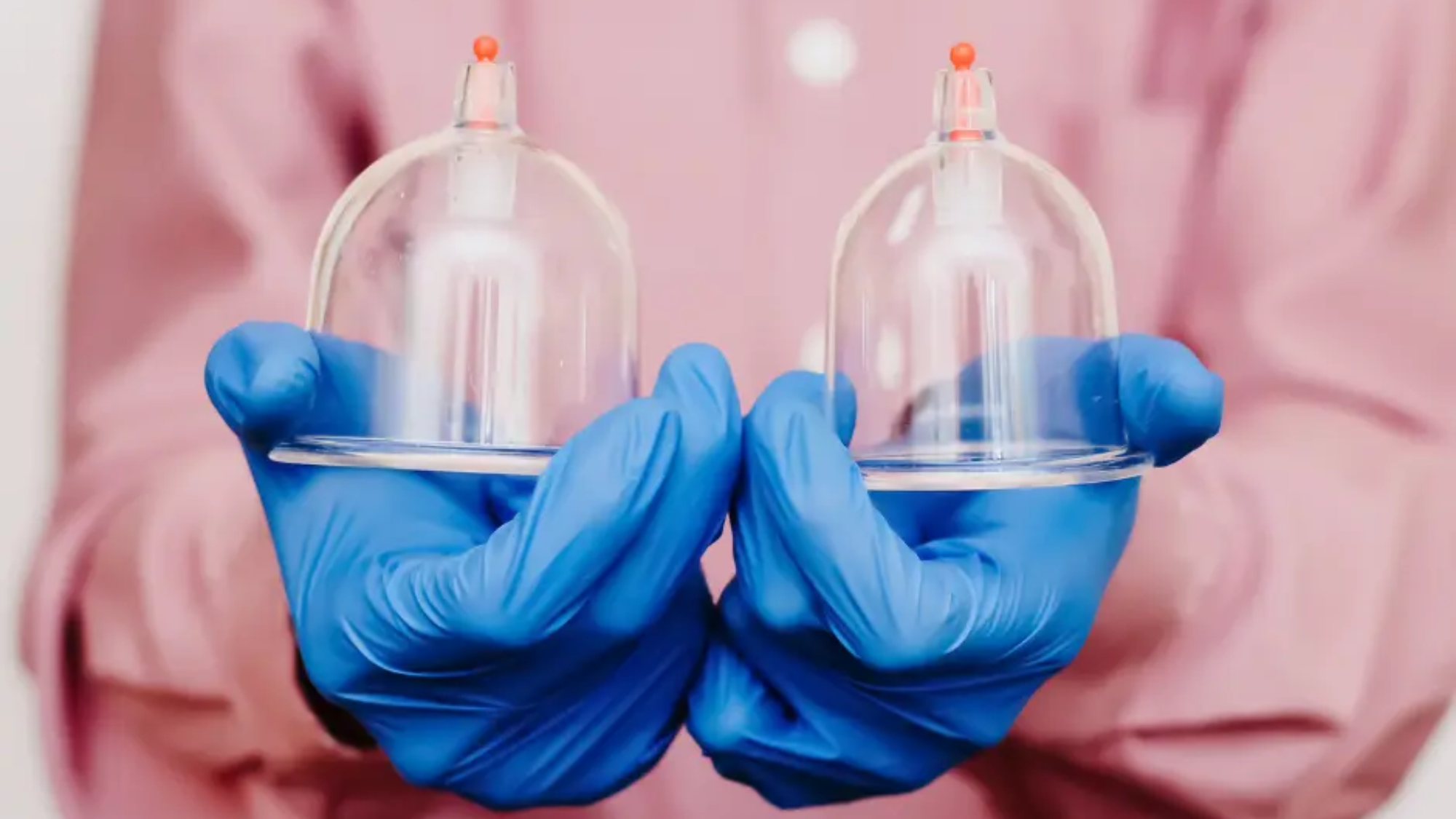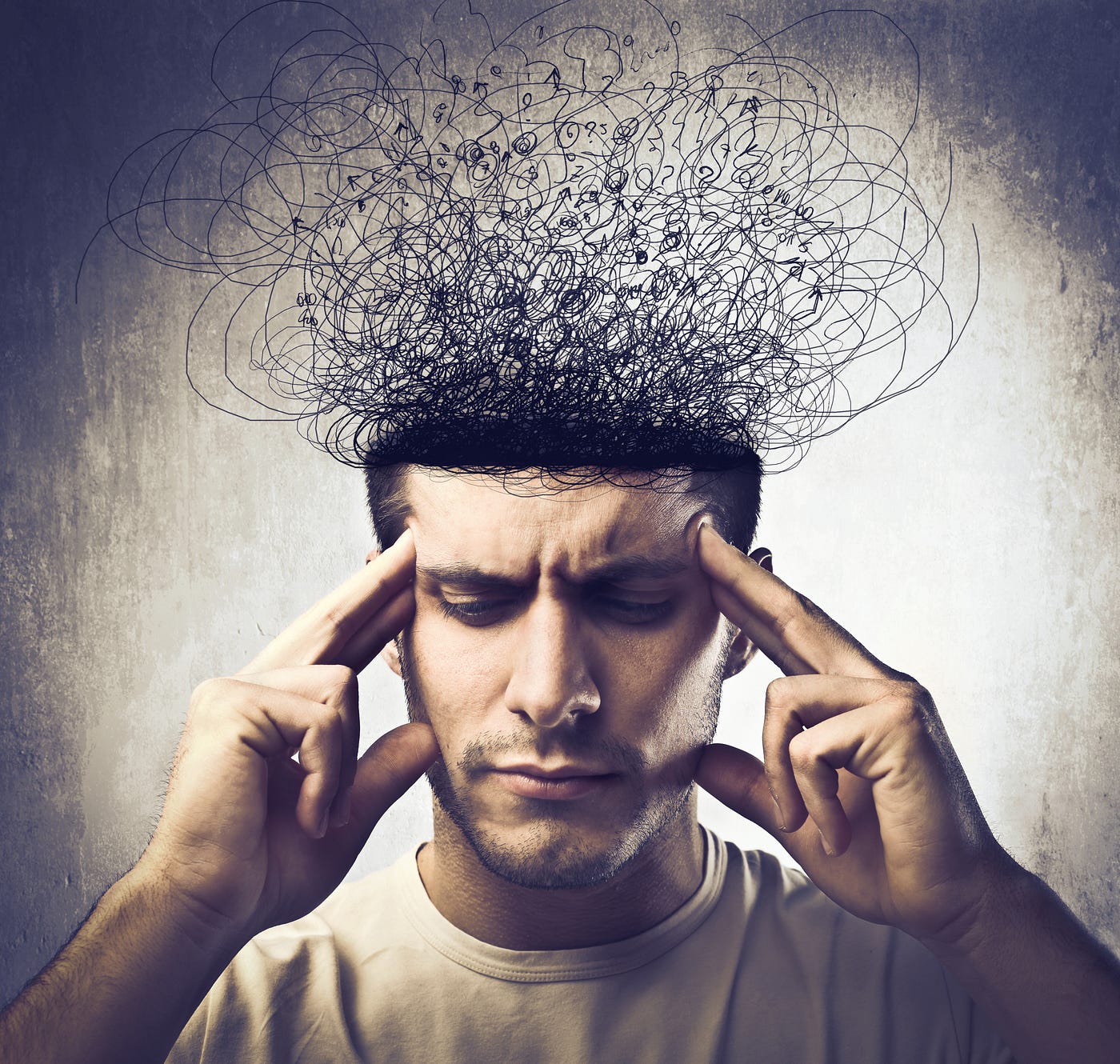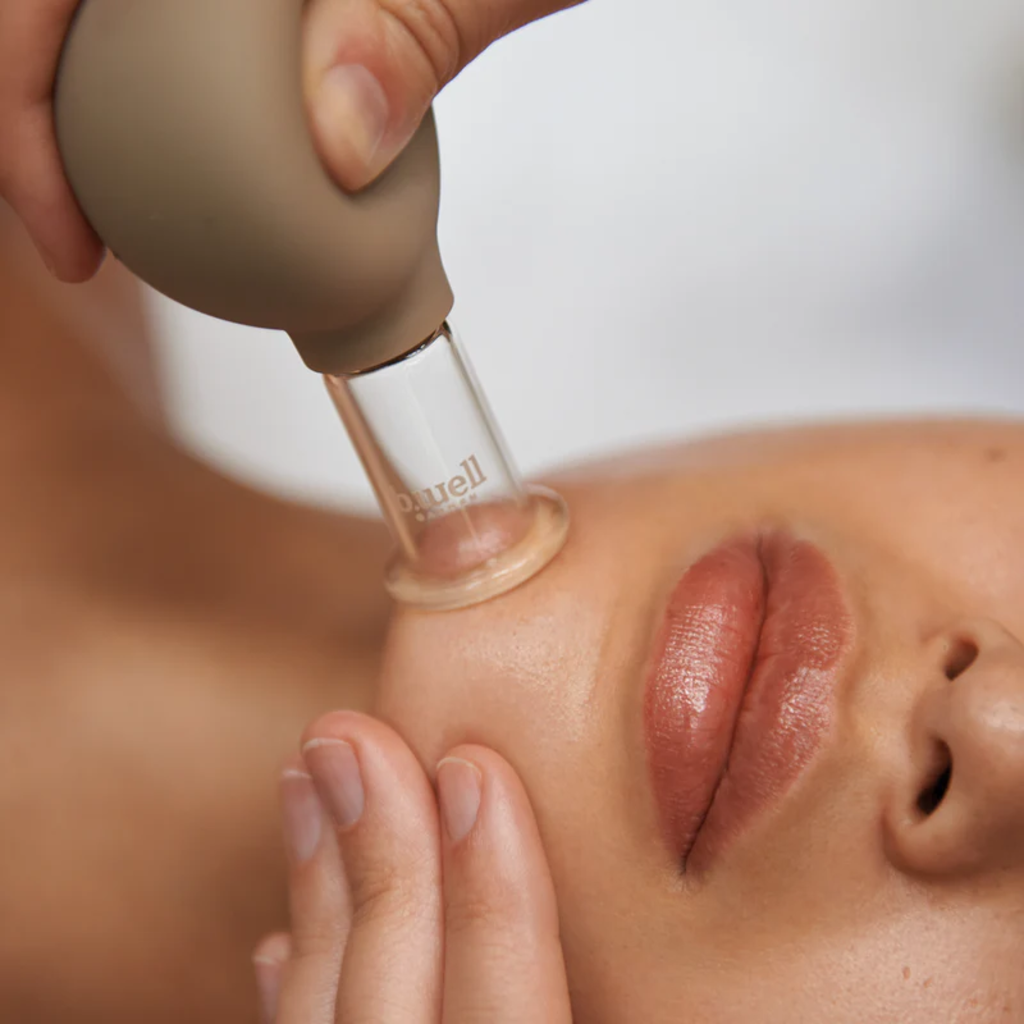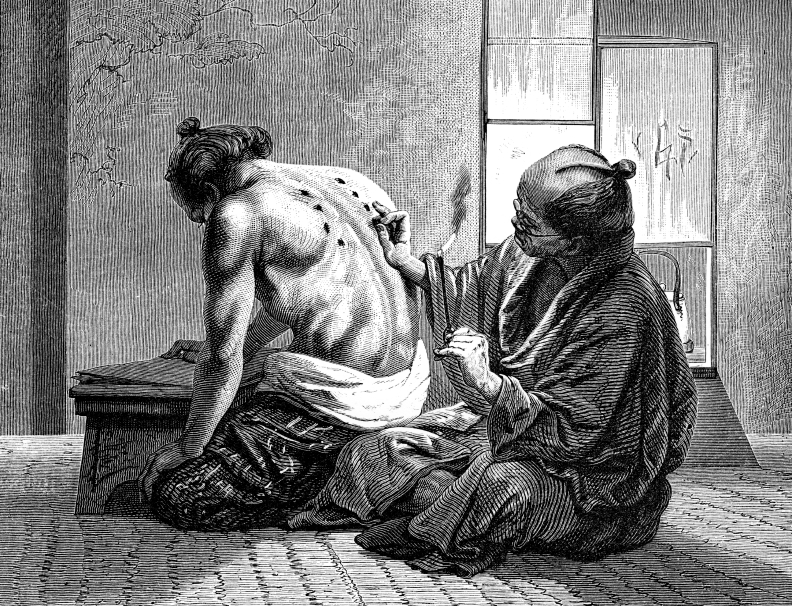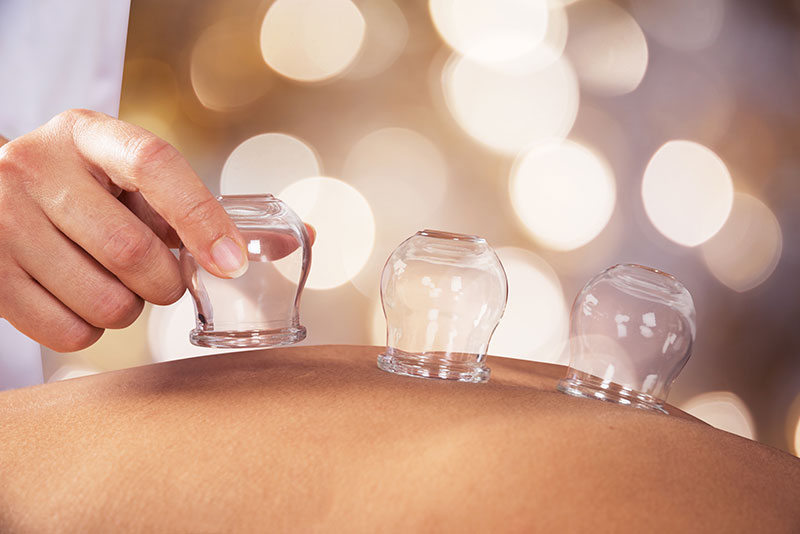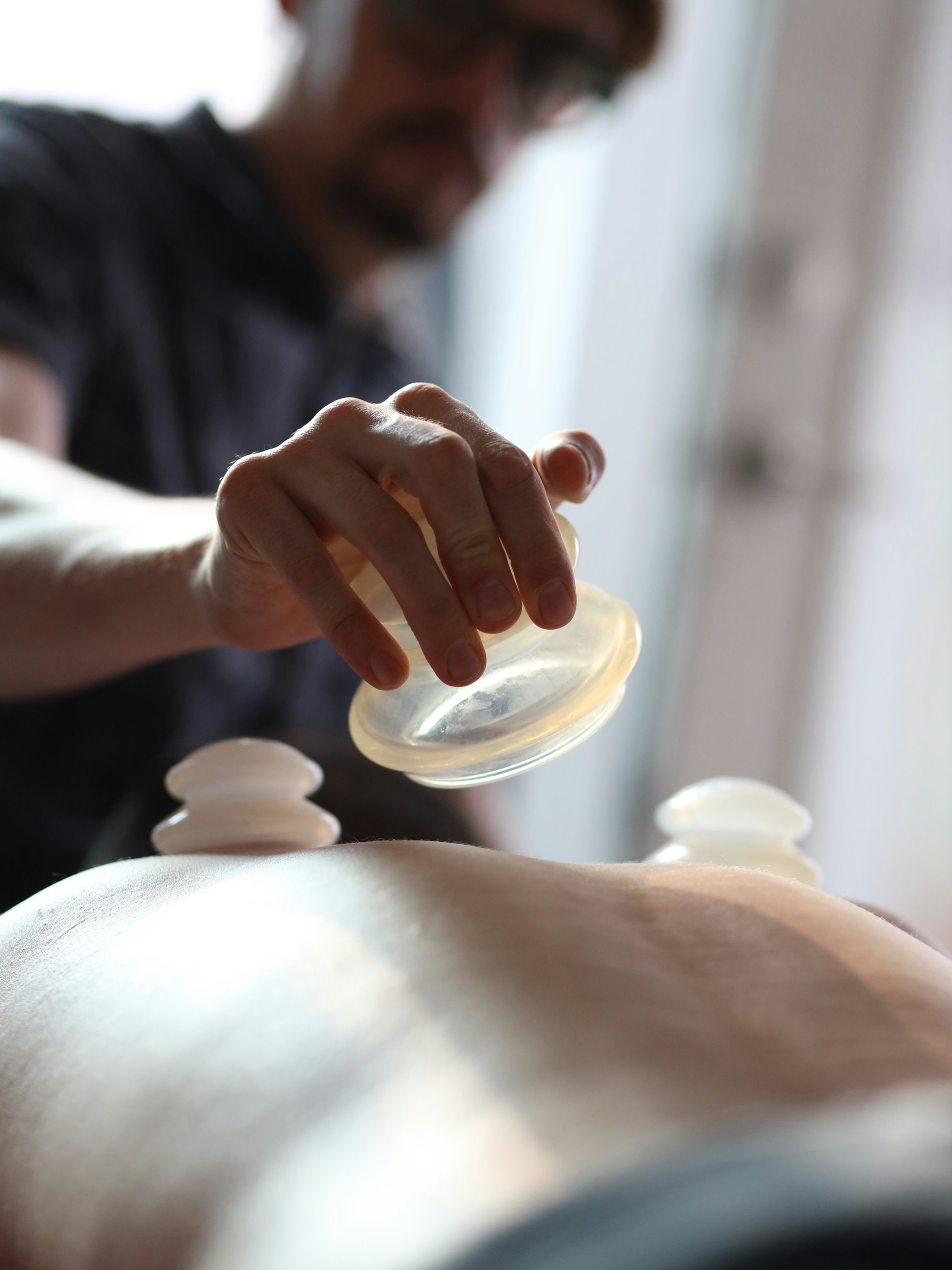Khaleed Al-Zallal Centers: Pioneers of Sports Cupping in Riyadh
Khaleed Al-Zallal Cupping Centers are among the first specialized centers to focus on applying cupping therapy in the field of sports and physical rehabilitation. Sports cupping plays an important role in treating sports injuries, enhancing physical and mental performance, and accelerating the healing process, based on precise scientific and experimental standards.
You may have wondered about the dark marks that appear on the backs or legs of professional athletes, such as football players or Olympic swimmers. These athletes often turn to cupping therapy to relieve muscle strain and pain caused by intense training and competition. Sports cupping also helps them recover faster and improve their physical and mental conditioning before competitions, in addition to reducing the chances of injury.
Although athletes use other techniques like ice baths, saunas, and sports massages, cupping has proven its effectiveness. Gymnast Nadro has stated that cupping was “better than anything else he tried” and that it was “the secret he used last year to maintain his health and prevent injuries and troubles.” The famous American swimmer Michael Phelps has also relied on cupping therapy for a long time, and cupping marks were visible on his back during the 2016 Rio Olympics.
The medical team at Khaleed Al-Zallal Cupping Centers conducts specialized functional assessments and recommends comprehensive rehabilitation programs based on sports and therapeutic cupping to alleviate pain, restore mobility, and enhance strength.
Benefits of Sports Cupping for Athletes
Sports cupping helps eliminate the toxicity of certain hormones and proteins that athletes may use.
It enhances the efficiency of blood circulation by removing old blood cells and improving muscle perfusion, contributing to increased muscle size and efficiency.
It helps dilate blood vessels and relax muscles through the secretion of nitric oxide, which reduces muscle injuries caused by strain.
It contributes to increased secretion of serotonin, encephalin, and endorphins, improving mood, relieving stress, and raising the pain threshold in athletes.
It helps enhance the efficiency of microcirculation, which increases the ability of red blood cells to carry oxygen and reduces the accumulation of lactic acid during and after training, thus accelerating recovery from sports injuries.
